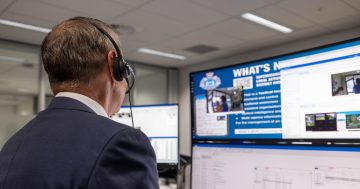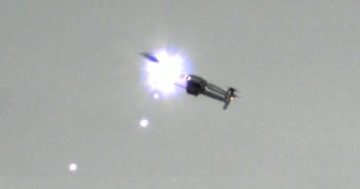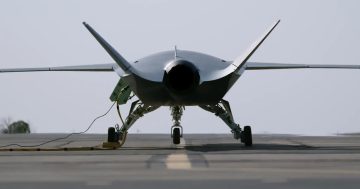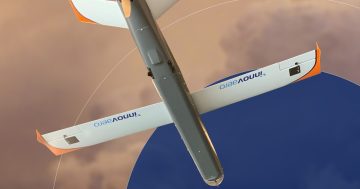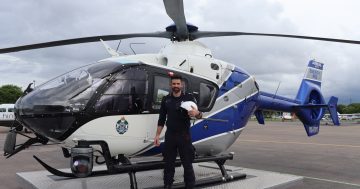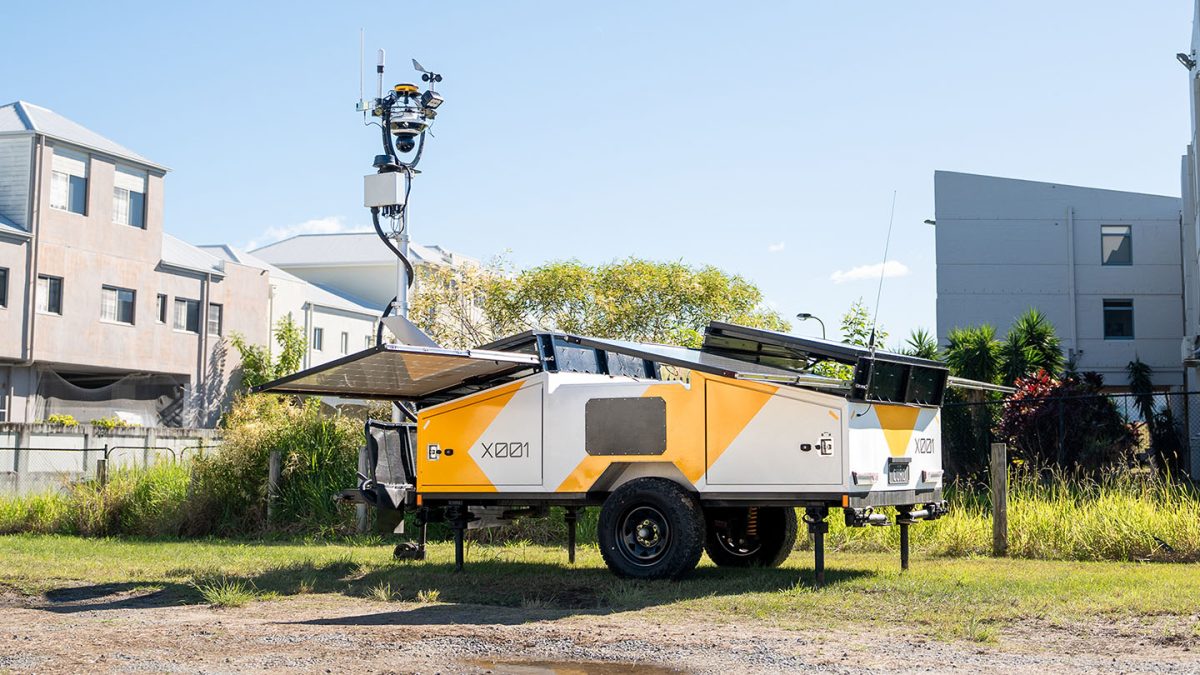
The DiaB as it would be positioned across WA, with solar panels to charge the device, and the drone inside. Photo: Sphere Drones.
The Western Australia Police Force (WAPOL) is expanding its use of drone technology – for its first responder program – by sending footage captured on the scene to frontline police en route.
Last month, Police Minister Paul Papalia announced the force had begun trialling ‘Drone in a Box’ (DiaB) technology at Yanchep Police Station “to make WA safer for everyone”.
Stored in a portable dock, this kind of drone can be launched remotely and get to an emergency first. It can live stream to officers’ mobile phones, along with other agencies at the State Operations Command Centre (SOCC).
Two companies have already been approved to supply the technology, which Minister Papalia called another example of WAPOL “leading the nation in adopting modern technology to enhance emergency response capability”.
“Having a bird’s-eye view of a situation in real-time could give police important intel they otherwise wouldn’t have had, allowing officers to make informed decisions on the ground.”
The year-long trial program in WA was inspired by the success of similar pilots in other countries.
So far it has completed 80 flights, including successful use during simulated public safety scenarios such as missing person searches and the tracking of wanted vehicles.
However, the pilot must progress through three phases before it enters operations, to ensure the technology has been thoroughly tested in a range of weather conditions.
When it has gained approval from the Civil Aviation Safety Authority (CASA), police drone operators will also be able to move from line-of-sight control to remote operation.
RocketDNA and Sphere Drones were announced as successful companies in the public tender process for supplying the Drone as First Responder (DFR) program.
Both companies said they were “honoured to be selected” and hoped it would be a gateway to long-term engagement with not only WAPOL, but other government authorities across Australia.
A report made for Airservices Australia projects drone adoption to grow an average 20 per cent a year until 2043, culminating in around 60 million flights.
The report was developed by Scyne Advisory to help inform AA’s plans for the future uncrewed aircraft system traffic management (UTM) system.
It states growth will be focused in densely populated areas, which means an operational UTM system is going to be critical for maintaining safe and equitable access for what will soon be a contested airspace.
The report claims that while there are no longer technology-related issues holding the industry back, “future growth will be enabled by policy and regulatory certainty and clarity on the ongoing operational environment”.
“Now is the time for government to work collaboratively with industry to develop, test and introduce the right regulatory frameworks and operational systems that will enable the safe and equitable growth of the market that is described in this report.”


